Physical Address
304 North Cardinal St.
Dorchester Center, MA 02124
Physical Address
304 North Cardinal St.
Dorchester Center, MA 02124
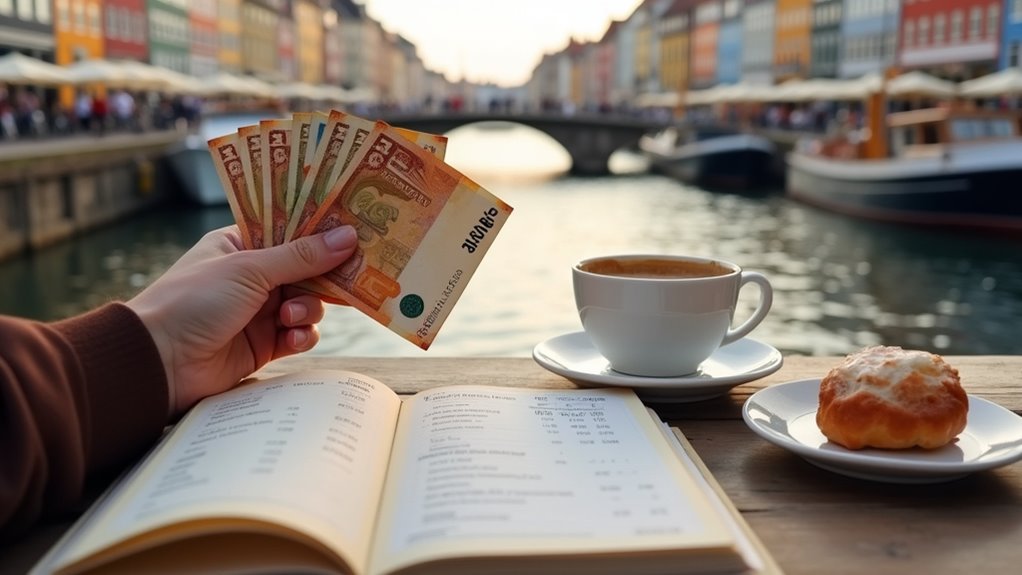
Prices in Denmark may shock travelers, but is this Scandinavian paradise truly worth your hard-earned kroner?
Yes, Denmark is expensive with an average daily cost of $212 per person. You’ll face steep prices for hotels ($200-250), restaurant meals (150 DKK), and attractions like Tivoli Gardens ($21). Transportation adds about $13.50 daily. Save money by staying in hostels (200-350 DKK), using the Rejsekort transit card (25-50% savings), shopping at budget grocers, and visiting during shoulder seasons. The tips below will help your kroner stretch further in this pricey Scandinavian gem.
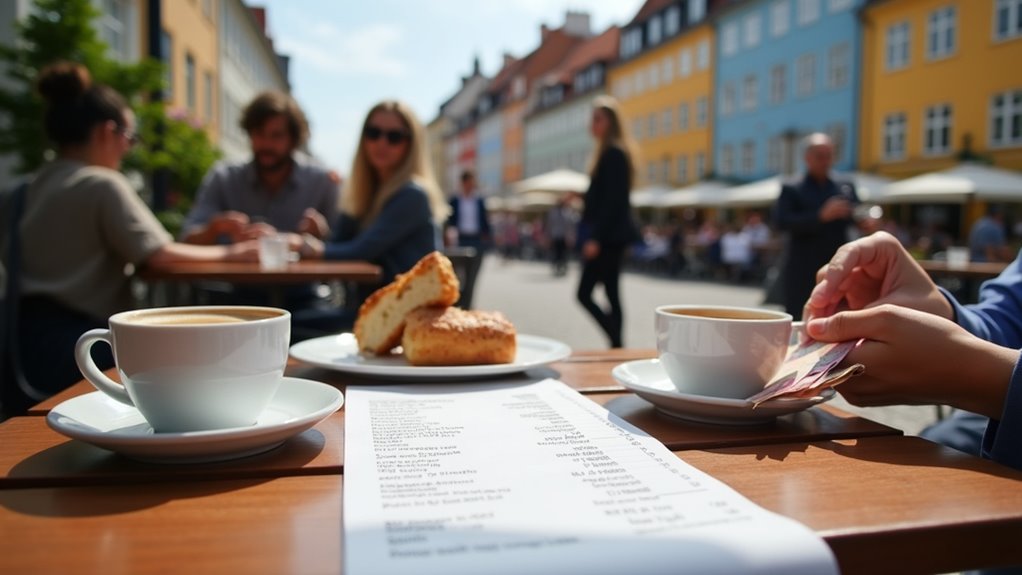
If you’re planning a Danish adventure in 2024, brace yourself for some significant expenses. A two-week trip typically costs around $3,378 per person, with flights ranging from $500-$1,500 depending on your departure city.
Daily costs add up quickly. You’ll spend about $45 daily on attractions, while transportation runs about $13.50 for a 24-hour pass or $4 for a single airport-to-city train ride. Skip pricey taxis that charge $45-$60 for the same journey! Denmark’s train systems are fast and affordable for traveling between cities. Denmark is widely considered a costly destination compared to many other European countries.
For budget travelers, aim to spend $50-$100 daily covering meals, activities, and getting around. The Copenhagen Card ($70/day) is worth considering if you’re hitting multiple attractions, as it includes unlimited transport and free entry to many sites.
Finding a place to stay in Denmark often takes the biggest chunk of your travel budget, but you’ll find options for every wallet size. Holiday cottages are the runaway favorite with nearly 17 million stays in 2024, while hotels logged 7.6 million stays.
Denmark’s accommodation scene balances cost with choice, with holiday cottages leading the way over traditional hotels.
If you’re watching pennies, consider one of Denmark’s 399 camping grounds or 206 short-stay holiday homes. Hostels and Airbnb can also save you serious cash, especially outside Copenhagen. Keep in mind that Denmark’s rent index tracks quarterly changes across the country, showing varying costs by region. Budget travelers should explore affordable spots in Scandinavia, with Denmark offering several wallet-friendly destinations outside the capital.
For those wanting to splurge, luxury hotels and upscale cottages await with premium amenities, particularly in Copenhagen and coastal hotspots. Just expect to pay accordingly.
German travelers love Danish holiday cottages, and post-pandemic, more travelers are choosing rental properties over traditional hotels. Summer bookings fill fast, so plan ahead!
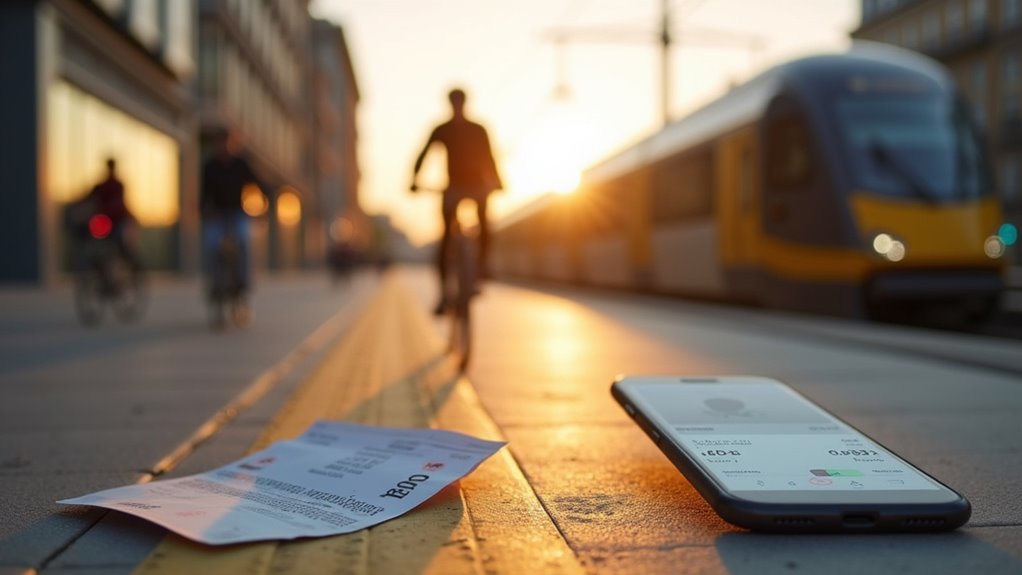
Managing Denmark’s transportation system won’t break the bank if you plan strategically, though prices are set to increase by about 3.6% in early 2025. Copenhagen uses zone-based pricing, so knowing your route saves money. The same tickets work across trains, buses, metro, and harbor buses. The upcoming price changes will take effect on January 19th, 2025. If deciding between Scandinavian destinations, Denmark typically offers more affordable transportation than neighboring Sweden.
For the budget-savvy traveler, consider these options:
Danish food prices can deliver quite the sticker shock, especially with the country’s hefty 25% VAT tacked onto nearly everything you’ll eat. A simple meal at a budget restaurant will set you back around 150 DKK, while a three-course dinner for two at a mid-range spot costs about 700 DKK.
Your wallet’s best friend? Grocery shopping. Basic items like pasta (7.50 DKK for 500g) can help you stretch your kroner. Consider shopping at budget supermarkets like Lidl and Rema1000 for the best deals on groceries. If you’re looking to enjoy your meal outdoors, the warmest spots in Denmark can provide a pleasant setting for a picnic lunch.
When dining out, consider hefty lunch specials instead of dinner, or grab a fast-food combo for about 97 DKK if you’re in a pinch.
Skip alcohol at bars and restaurants where markups are steep. Instead, buy from supermarkets and enjoy before heading out.
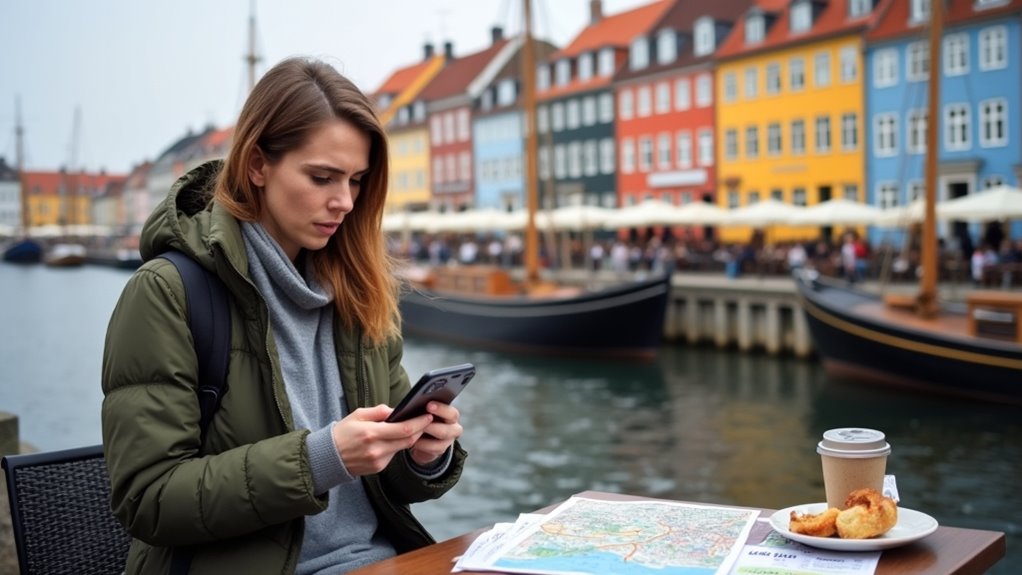
When you’re budgeting for Danish attractions, you’ll need to set aside a hefty chunk of change for the country’s most famous sites. Tivoli Gardens will run you about $21 for basic admission, but combo passes with unlimited rides jump to $61 during regular periods and even more on weekends. LEGOLAND Billund, Denmark’s most famous amusement park for families, costs around $46 for admission. If you’re planning a romantic trip, consider instead visiting Cyprus where romantic getaways often provide better value for couples.
Here’s how to enjoy Denmark without breaking the bank:
Experience Denmark affordably by balancing must-see attractions with hidden free gems and smart ticket strategies.
Timing your Danish adventure strategically can save you hundreds of dollars on your vacation budget. Summer (June-August) hits wallets hardest, with hotel rates in Copenhagen often doubling and July flights reaching peak prices. Factor in crowded attractions and festival surcharges, and your expenses multiply quickly.
Smart travelers target the shoulder seasons of April-May and September, when you’ll enjoy 20-30% accommodation discounts with still-pleasant weather. These periods also offer more affordable access to street food markets with options under 100 DKK. Similar to Nordic neighbors, Denmark follows seasonal pricing patterns that make budget planning essential for travelers seeking value.
For serious savings, consider October-March (except holidays), when Copenhagen hostel prices drop from $50-120 to just $30-75 nightly. Four-star hotels follow this pattern, plunging from $209 to $112 in off-peak months.
While Christmas markets bump December prices slightly, winter remains dramatically cheaper than summer across all expense categories – from tours to transportation.
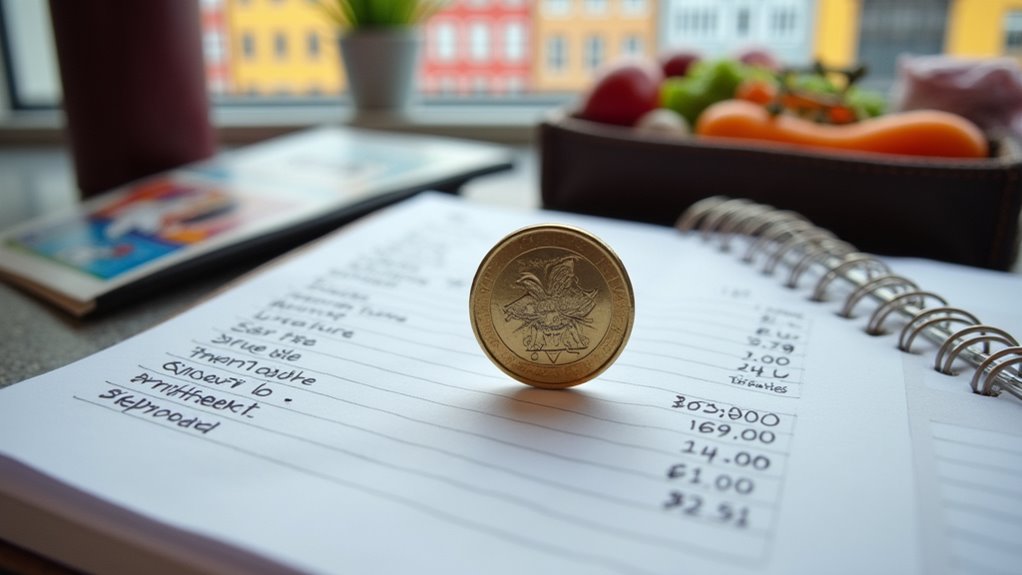
Stretching your kronor in one of Europe’s most expensive countries takes savvy planning, but it’s entirely possible with the right approach. Denmark rewards budget travelers who think ahead and make smart choices.
Follow these wallet-friendly tactics to enjoy Denmark without breaking the bank:
To understand just how expensive Denmark truly is, you’ll need to compare it with other European destinations. It consistently ranks among Europe’s priciest countries, right behind Iceland and Norway.
You’ll pay $200-$250 for hotels that might cost half that in Central Europe.
Food hits your wallet hard too—even fast food costs more than sit-down meals in Eastern Europe. Transportation isn’t cheap either, with train tickets and car rentals matching other Scandinavian countries’ steep prices.
When comparing activities, Denmark sits firmly in the Northern European price bracket. While some museums offer free admission, most attractions cost similar to those in Sweden or the UK—far more than what you’d pay in Poland or Hungary. If your budget is tight but you still want to experience Denmark, consider visiting Aarhus over Copenhagen, as the second-largest city often provides more affordable options. According to travel cost rankings, Denmark averages $212.06 per day for travelers, placing it among the top five most expensive European destinations.
Your money simply stretches further in Southern and Eastern Europe.
Denmark’s price tag may sting your wallet like a jellyfish on a summer swim, but with smart planning, you’ll stretch your kroner further. Time your visit during shoulder seasons, embrace public transportation, and sample street food to keep costs manageable. While not the cheapest European destination, the quality experiences you’ll enjoy make Denmark worth every penny. Remember, the best memories often come from free experiences – Copenhagen’s colorful streets, stunning coastlines, and hygge atmosphere.